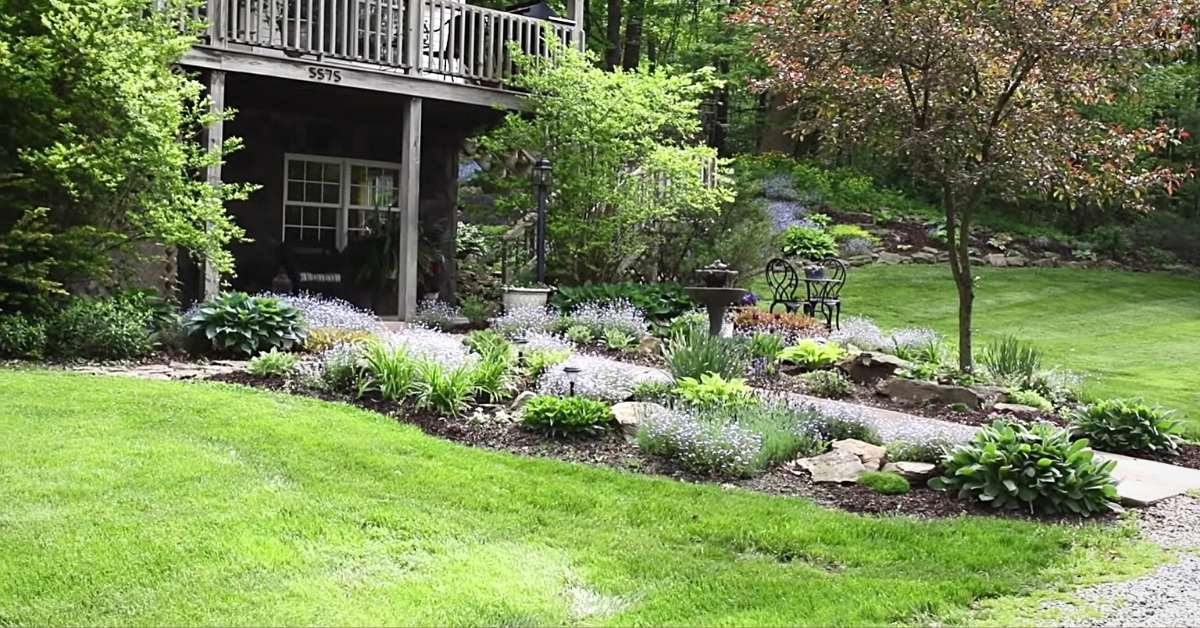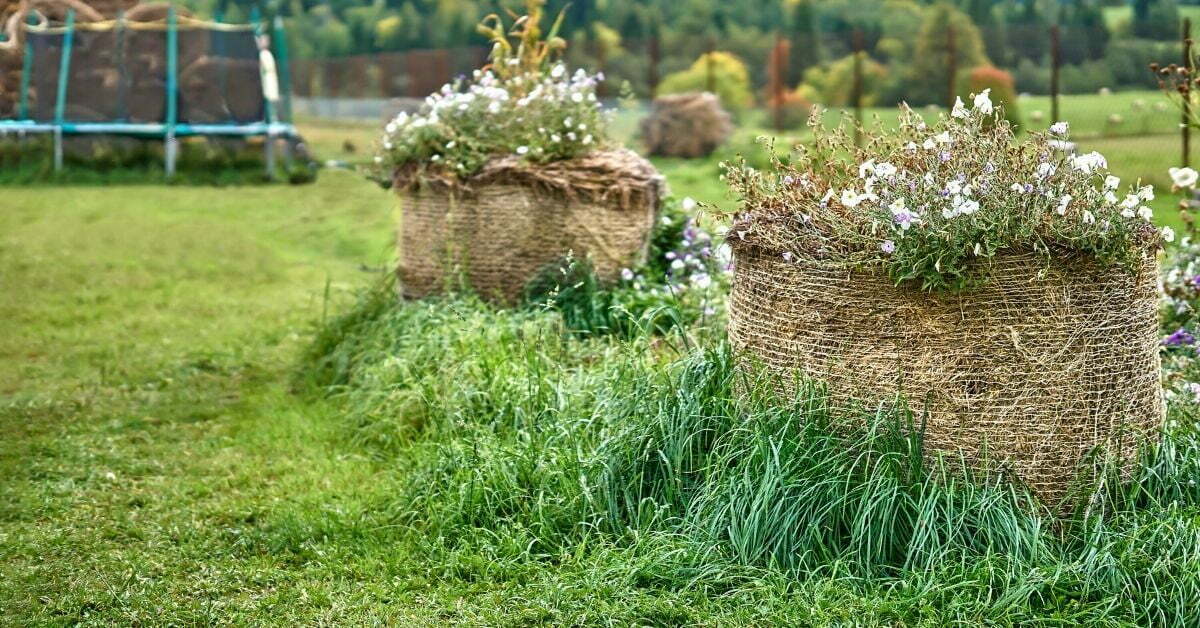Summer is upon us, and that often means spending a lot more time enjoying your garden. It also provides more opportunities to work in it. It may be an excellent time to start a fun and engaging new garden design project. Rockeries and Alpine plants will add some stunning floral beauty to your garden.
A rockery can be just the ticket for you to enjoy on those sunny summer days, and rockeries can be fun to create. They provide a base to keep gorgeous alpine plants that can give you small, attractive bursts of floral color.

Rockery with Alpine Plants
A rockery can be built straight into your garden. Create one in a large planter for the same beautiful effect on a hard surface like a patio or deck. Here are some tips to help you build a beautiful rockery as a fun summer garden project.
You might like to see this: Growing Caryopteris Blue Mist Shrubs
Rockeries Work Best in the Sun
Alpine plants are known for being hardy little things, but they still thrive best with abundant sun exposure. Make sure your planned spot for your rockery is not in the shade. Trees, hedges, walls, or other features will minimize direct sunlight and rob their success rate.
As you design your rockery, look to have the plants facing south and west. As a result, this will help ensure that they get the most sun and grow at their optimum.

Choosing and Placing Your Rocks
The rocks you use in a rockery are not just to create the right kind of environment for alpines to grow at their best, but also to create your structure and the beautiful look of the rockery feature.
It can be a good idea to use local stones, and you may also be able to source some lovely reclaimed stones that can give your rockery a unique look. Start with the largest stones and partially submerge them in your ground or container, filling in around them with gravelly soil that your alpines will take root in.
Building your rockery and getting the perfect configuration of stones to get a great look that offers stability can take a bit of trial and error, but it can also be a lot of fun!

Growing Alpines in Containers
You also have some other options if you want to create a display of pretty alpines without building a rockery or creating a rockery in a large container. Terracotta pots and special alpine pans can be ideal for showing off these lovely plants.
You can also make beds of them in troughs, sinks, and other containers. Also, the important thing is to have rocky material in the base and gravelly soil to replicate their natural habitats.
So, alpines can make a beautiful addition to your garden this summer. Building rockeries or a container display for them can be an interesting project if you feel green-fingered!
This is a guest post on behalf of Carpenter’s Nursery in the UK. You can find everything you need to get started on your alpine rockery project here.
Check out this fascinating video for inspiration!
Some of the Rockery plant varieties you might be interested in
Galanthus. The snowdrops can be sent out in September as dry bulbs and later as pot-grown plants.
Anemone nemorosa An assortment of mat-forming plants for the woodland garden raised beds and general spring color.
Erythroniums. A very beautiful group of plants with elegant pagoda-shaped flowers will flourish in rich woodsy soil amongst trees, shrubs, and rhododendrons. Other species are suitable for open alpine gardens and troughs.
Corydalis is Perhaps one of the most colorful late winter/early spring bulbs with superb racemes of rich red, pink, violet, white, and other interesting lucky dip seedlings.
Iris. Iris histrioides and winogradowii are making very attractive dwarf species. The dwarf hybrid, Katharine Hodgkins, Lady Sheila Ann Germaney, and George, will all survive our harsh winters and provide color in February and March.
Cyclamen. The hardy cyclamen which will survive here is C. hederifolium. These are best grown around the base of trees and around the edge of Rhododendrons. Cyclamen coum is also hardy and provides a riot of color in winter. These are easy to please almost anywhere.
Narcissus Dwarf narcissus for the rock garden and around the base of trees offers their flower in early spring and lasts for weeks; it also has several good varieties for the cold glasshouse, which bring a touch of color from around Christmas.
Nomocharis, A superb flowering bulb for summer, flowering here in June /July, the bulbs are raised from seed. These are ideally suited to the cool woodland garden or areas shaded by a fence or a North facing garden. Once established, the flower spikes can reach from 1 to 2 meters high, with many flowers per spike.
Image: Youtube


